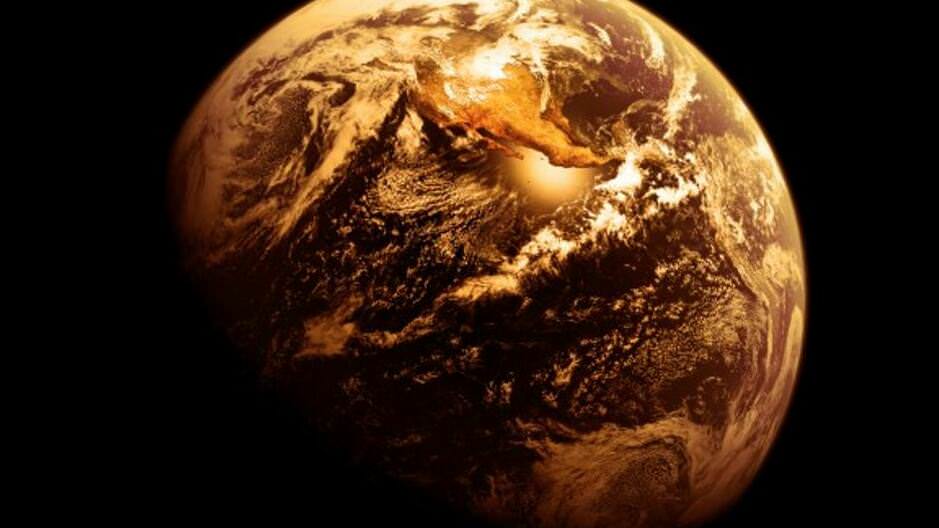The Earth, which is approximately 4.54 billion years old, has undergone significant changes throughout its history. In fact, the planet we know today is vastly different from what it used to be. Even when compared to the most extraordinary planets found beyond our solar system, the Earth’s past holds a remarkable level of intrigue. To truly grasp the magnitude of these transformations, let’s envision ourselves as extraterrestrial explorers equipped with spacesuits and a time machine, venturing back to the early days of our solar system.
A binary moon system
Your feet are coated in a layer of ash-colored dust, the surface is pockmarked with craters stretching as far as the eye can see, and above you, despite the daylight, is a pitch-black sky filled with glimmering stars. One might mistake this for the Moon, but when you search for Earth in the heavens, you are greeted by the sight of a massive crescent moon hanging low on the horizon. Its disk is exponentially larger than that of the sun.
Welcome to the Earth during its infancy – the aeon catarrhaea. This is what’s known as the pregeologic epoch, the very first period of our planet’s existence, or, in scientific terms, the geologic eon. It commenced with the birth of the Blue Planet approximately 4.54 billion years ago and endured for 600 million years. There are no remnants of this era, no “ordinary” rocks that remain for us to examine.
There will be numerous lifeless planets similar to this one on other worlds. During the Catarchean period, these planets are completely devoid of any form of life, which will only appear later on, during the Archean period. However, at present, the planet remains extremely cold due to its very thin atmosphere, which is unable to retain the heat emitted by the young Sun. During that era, our star didn’t shine as brightly as it does today, with its luminosity being 30 percent less.
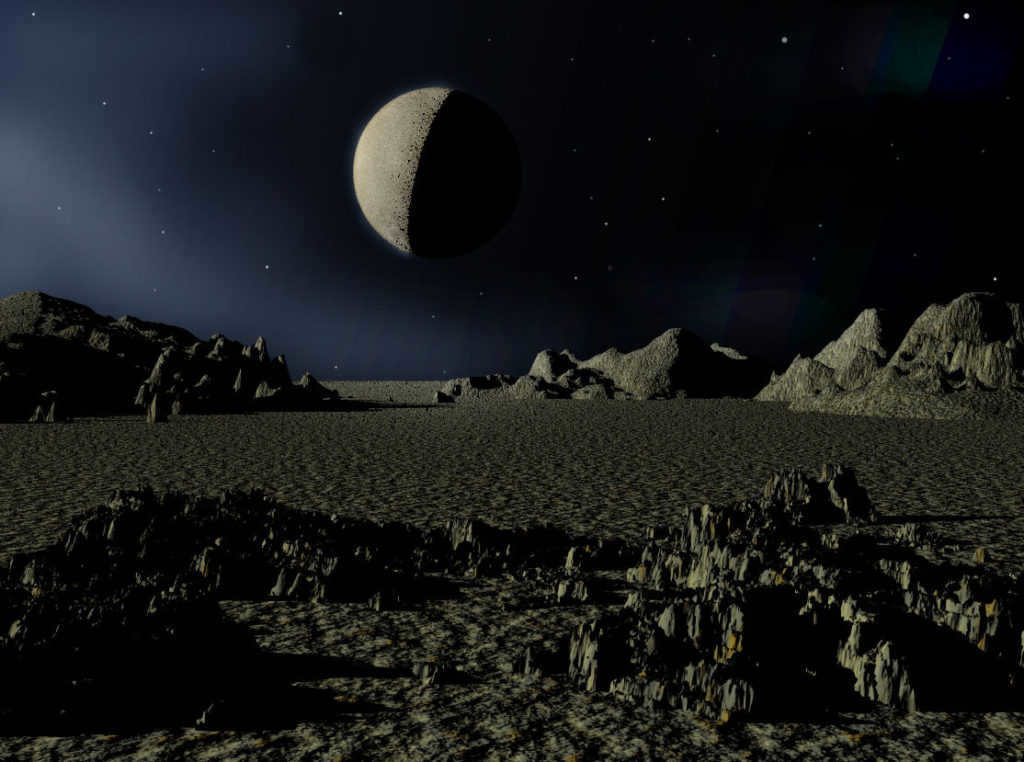
The previous state of the Earth was characterized by days lasting only six hours, which was the same as the time it took for the Moon to orbit around the Earth. Additionally, the Moon itself was located at a distance of approximately 17,000 kilometers. Currently, this distance is occupied by the outer radiation belt, which serves as a protective barrier against the solar wind. However, during the catarrhoea period, there were no radiation belts or magnetic field present on the planet. Interestingly, even modern navigation satellites have orbits that are higher than the Moon during that time, ranging from 19 to 23 thousand kilometers above sea level. Geostationary satellites, on the other hand, are twice as far away, at approximately 35 thousand kilometers.
However, over time, the gap between the Moon and Earth began to widen (initially at a pace of roughly 10 kilometers per year). Towards the end of this process, the rate at which the Moon was moving away from Earth slowed down to four centimeters per year, with a distance of approximately 150 thousand kilometers between them at that point. Presently, the Moon has relocated to a distance of roughly 384.3 thousand kilometers from us.
A scorching planet
This is a planet we wouldn’t want to touch down on. It’s even hotter than present-day Venus. The Archean era of Earth’s past lasted for a staggering billion and a half years, and throughout that extensive period, it underwent numerous transformations.
The ancient Archean planet is covered in a dense layer of vapor and gas. This thick blanket blocks out the sun’s rays, casting the Earth into darkness and creating a gloomy atmosphere. Unlike today, there is no oxygen present, only carbon dioxide and water vapor. The density and pressure of this atmosphere are much higher than what we experience now. The planet’s hydrosphere is just starting to form, with limited amounts of water on the surface and no global ocean yet. The bodies of water that do exist are separated from each other and are extremely hot, with temperatures reaching up to 90 °C. Additionally, meteorites frequently fall from the sky, as they have since the planet’s formation. Throughout the early Eoarchean period, which marks the beginning of the Archean eon, these asteroid impacts continued, known as the late heavy bombardment.
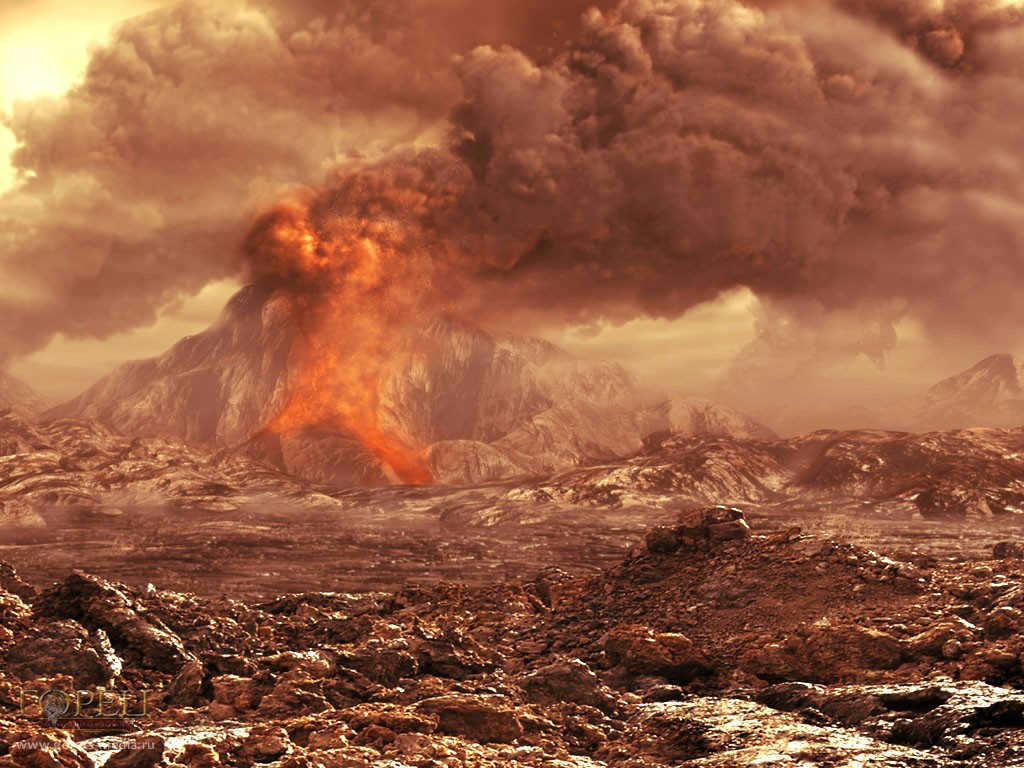
Over time, the vapor-gas shell would divide into a hydrosphere and an atmosphere. By the conclusion of the Paleoarchean, the subsequent period of the Archean eon, the creation of the Earth’s stable core is finished. Consequently, the magnetic field intensity of the planet was already sufficient to be at least fifty percent of the current level. This is adequate to shield the gas atmosphere from the solar wind.
“Ocean Planet.”
The Mesoarchean, which is the third period of the Archean era, is not an ideal time for planetary exploration. Earth, commonly referred to as an “ocean planet,” is covered entirely by a vast global ocean. This ocean is characterized by its shallow depth, high salinity, and extreme heat. The waters possess a greenish hue caused by the abundant presence of dissolved divalent iron, while the sky above appears orange due to the significant methane concentration in the atmosphere.
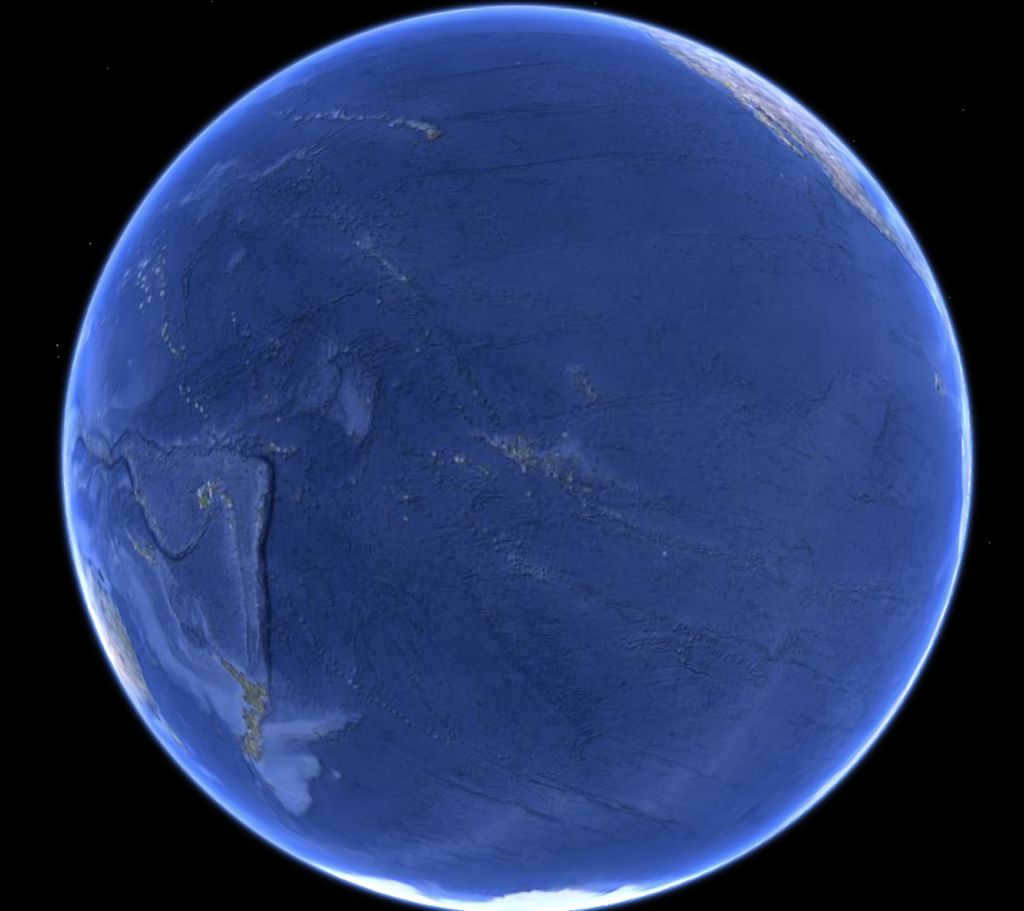
The terrain is exclusively made up of volcanic islands, which increased in number during the middle Archean period and eventually merged to form the first significant landmasses. The Moon remains in close proximity to the planet, resulting in massive tidal waves reaching heights of up to 300 meters. The atmosphere is dominated by hurricane-force winds and lacks oxygen. As time passes, the Earth gradually cools down and its rotation slows.
By the end of the Archean era, also known as the Neoarchean, oxygenic photosynthesis becomes a significant player in Earth’s history, leading to transformative changes on the planet. The atmosphere becomes filled with a toxic gas, ironically enough, oxygen. In the early stages of the following era, the Paleoproterozoic, a global shift in the atmospheric composition triggers an oxygen catastrophe.
During that time, the majority of organisms were anaerobes, meaning they didn’t require oxygen and couldn’t survive in high concentrations of it. On the other hand, aerobes, which rely on oxygen for energy production, are the ancestors of most present-day animals, plants, and microorganisms. They could only exist in “oxygen pockets,” isolated areas where oxygen was present. As the atmosphere changed, the biosphere underwent a transformation. Organisms that were harmed by oxygen became a minority and sought refuge in oxygen-free environments, while aerobic communities became the dominant force.
A “frozen world.”
This planet is entirely enveloped in ice – stretching as far as the eye can see. We can identify it as Earth, but which specific era does it belong to? One of the most ancient and enduring ice ages on our planet is known as the Huronian glaciation. This period occurred during the Paleoproterozoic era, which commenced after the Neoarchean.
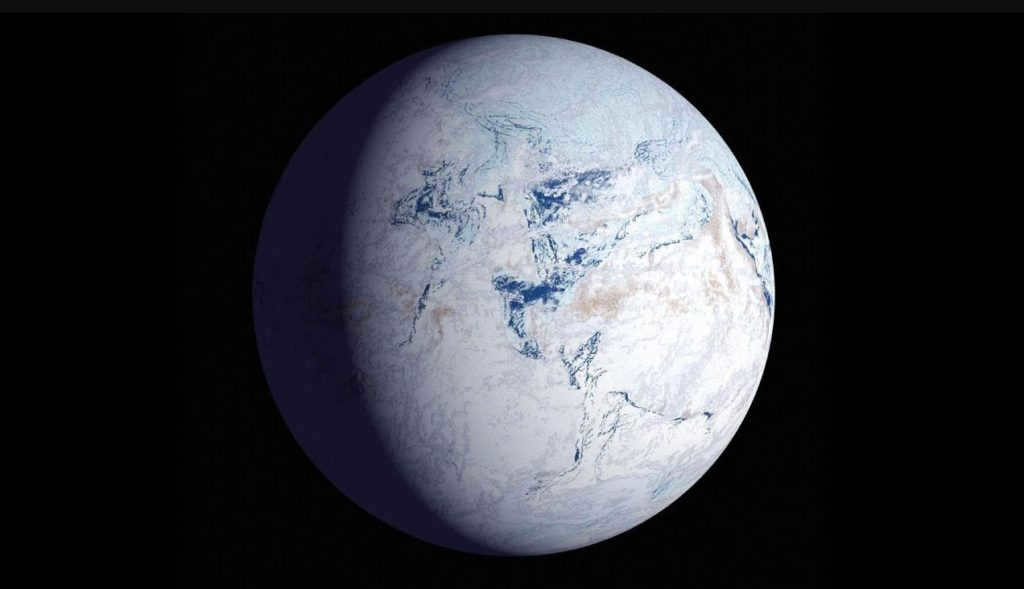
The ancient ocean that covered the Earth froze over for a duration of 300 million years. This ice age, which is the oldest and longest on record, was triggered by an oxygen crisis. During this crisis, a significant amount of oxygen, produced by photosynthetic organisms, was released into the atmosphere. Methane, which was previously abundant in the atmosphere, played a major role in the greenhouse effect, even more so than carbon dioxide. As the concentration of oxygen increased, it reacted with methane, converting it into carbon dioxide and water. At that time, the sun was much weaker than it is today. Therefore, methane, as a potent greenhouse gas, acted as a shield, preventing the Earth’s surface from freezing. However, once the methane greenhouse effect diminished, temperatures plummeted, resulting in a global ice age.
Indeed, the Earth transformed into a “snowball” on at least three occasions. Following the Huronian glaciation, over a billion years ago, the planet experienced two additional periods of freezing in the Proterozoic era. The first episode lasted for 60 million years, while the second lasted for 15 million years. As a result, this geologic era was named cryogeny, derived from the ancient Greek term for “cold.”
A world filled with purple vegetation
Imagine a planet where every plant is a vibrant shade of purple. It’s a fascinating concept to ponder. In fact, some scientists speculate that this may have been the case on Earth during the early days of plant evolution. However, this theory has not gained widespread acceptance. For centuries, researchers have been puzzled by the predominance of green in the plant kingdom. After all, the majority of sunlight radiation is concentrated in the green portion of the visible light spectrum, which allows for efficient energy absorption and transmission.

However, the utilization of chlorophyll by plants disregards this highly nutritious portion of the spectrum, which is illogical. Researchers from the University of Maryland propose that the initial microorganisms, which served as precursors to plants, possessed a purple hue.
These organisms relied on retinol instead of chlorophyll, the green photosynthetic pigment, to harness solar energy. Retinol absorbs green light and reflects red and violet light, creating a violet appearance. It is possible that in the early stages of life, when oxygen was scarce, the use of retinol was more advantageous as organisms could synthesize it more easily. Today, retinol can be found in the membrane of photosynthetic microbes known as halobacteria.
During the early days of Earth, violet life reigned supreme. It claimed dominance over the green portion of the spectrum, and in order to survive in this environment, the predecessors of modern plants had to adapt and utilize the unclaimed portion of the spectrum.
The intense competition likely occurred in the ancient oceans. Rivals to the violet organisms, primarily chlorophyll-based organisms, evolved alongside a thriving community of retinol-based microorganisms. These microorganisms had already absorbed the green part of the light spectrum and reflected blue and red light. However, in the end, chlorophyll proved to be more efficient for photosynthesis than retinol. As a result, the violet plants were eventually ousted from Earth.
Approximately 300 million years ago, during the Carboniferous epoch, the Earth experienced a period known as the Carboniferous or Carboniferous period. At that time, the atmosphere was abundantly filled with oxygen. However, it is important not to hastily remove your spacesuit as there was an excessive amount of oxygen present. In fact, the ratio of oxygen in the Earth’s atmosphere and its pressure levels were considerably higher than they are in present times.
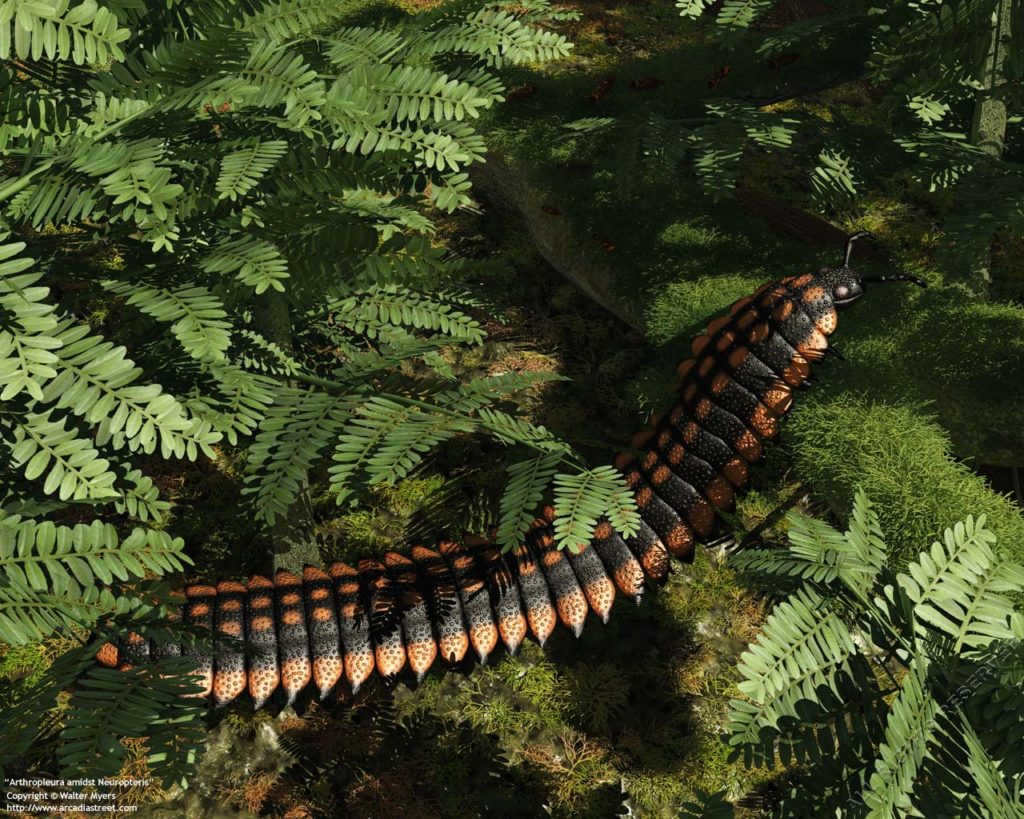
Gigantic insects are emerging in the world. Not only are they consuming nectar. Carnivorous giant dragonflies, with wingspans measuring up to one meter, prey on dictyoneuridae, bugs that are as big as pigeons. And here we have the largest arthropod ever to exist on Earth – the giant millipede arthropleura, with a total of thirty pairs of legs. Its body can grow up to 2.6 meters in length. In a single year, this insect devours up to one ton of vegetation.
One might perceive this as a planet from a terrifying nightmare. It seems as if a colossal spider is about to emerge from the depths of the rainforest. However, the only creatures you won’t find here are these gigantic spiders. Spiders do not respire through tracheae like insects do. Instead, they have “lung sacs” resembling gills that are internally located within their bodies.
Trachein-breathers are the only ones who exhibit carbonic gigantism. Hemolymph, which serves as the “blood” for both modern and Carboniferous insects, does not transport oxygen. Respiration occurs through tracheae, which are branching tubes that directly connect the internal organs’ cells to the air environment. Unlike lung sacs found in various species, these tubes do not have forced ventilation and the air inside them remains still. Oxygen enters the body and carbon dioxide exits through diffusion, driven by the difference in partial pressures of these gases at the tube’s inner and outer ends. This oxygen supply mechanism places a strict limit on the length of the tracheal tube and, consequently, the maximum size of the insect. The greater the amount of oxygen in the atmosphere and its corresponding partial pressure (i.e., the pressure exerted by a single component of the gas mixture), the larger the potential length of the tracheal tube and the size of the insect itself.
The Carboniferous period was a time when vast deposits of hard coal were formed. During this period, there was a shift in the chemical equilibrium in the atmosphere, resulting in the removal of large amounts of unoxidized carbon from the biological cycle. As a result, the oxygen levels in the atmosphere increased, leading to the evolution of insects.
Several tens of millions of years later, an event occurred that caused a decrease in oxygen levels in the atmosphere. This event, known as the Great Permian Extinction, took place approximately 252 million years ago and led to the extinction of numerous marine and terrestrial animals. It was also the only mass extinction event that affected insects, including the extinction of giant insects.
What is the origin of life on Earth? This question has puzzled people for centuries and remains one of the most challenging mysteries to the human mind.
One widely accepted explanation is the Big Bang theory, which proposes that approximately 15 billion years ago, the universe existed as a small, hot object. Then, a massive explosion known as the Big Bang occurred, causing this object to expand and grow in size. This event gave birth to the Universe as we know it today. Galaxies and stars, including our Sun, formed as a result. Eventually, eight planets, including Earth, began to orbit the Sun.
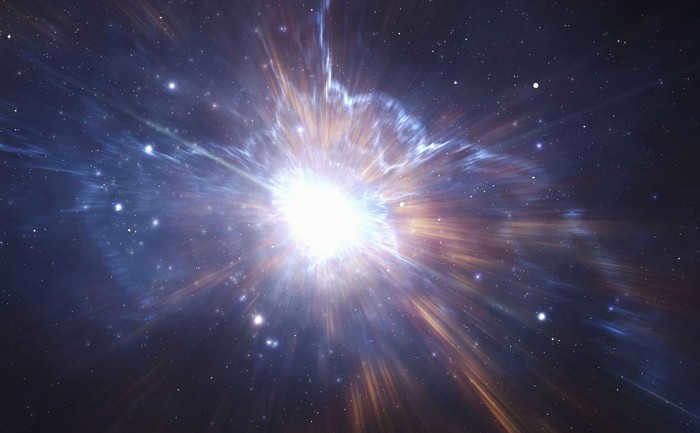
Origin of Planet Earth
Around 4.6 billion years in the past, the appearance of Earth was vastly dissimilar. Rather than the typical hues of green, blue, and white, our planet displayed a red-orange hue. The surface was engulfed by a seething ocean of molten lava. In place of the oxygen that sustains us now, the atmosphere consisted of perilously toxic gases.
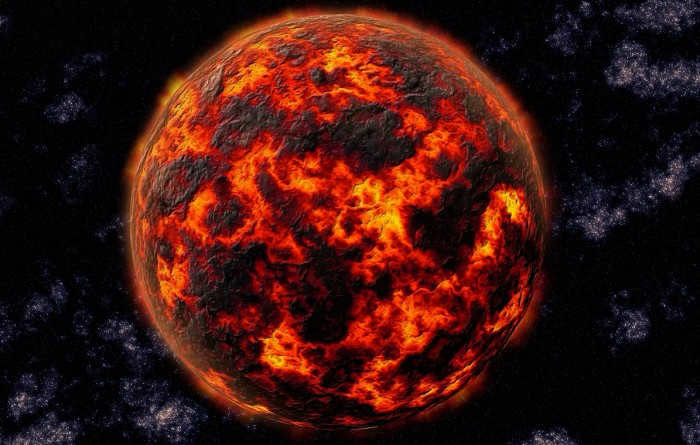
In its early stages, approximately 4.6 billion years ago, the Earth was a massive sphere of molten lava, devoid of any signs of life. Over the course of the next 500 million years, the planet’s scorching temperatures prevented the formation of water. As time went on, however, the Earth gradually cooled down, leading to the emergence of rainfall across its surface. This precipitation was so abundant that it gave rise to rivers, lakes, seas, and oceans.
Despite the presence of water and land, the Earth remained devoid of life. No fish inhabited the waters, no birds soared through the sky, and there were no humans or animals to be found. The landscape consisted solely of sand and rock.
The Origins of Life on Earth
Biologists believe that the development of life on Earth can be attributed to the process of evolution. Despite the seemingly barren nature of the primordial oceans, they actually contained a rich assortment of chemical compounds that had the potential to give rise to living organisms. Scientists have dubbed these foundational elements the “primordial broth,” which may have been the catalyst for the emergence of life on our planet. This broth consisted of amino acids, proteins, fats, carbohydrates, and other essential components that form the building blocks of all living cells.
What was the timing of the emergence of life on Earth?
The recognized “timestamp” for the emergence of life on Earth is 3.5 billion years in the past. This particular period marked the appearance of the initial organisms, blue-green algae (also known as protozoan cyanobacteria), which thrived in the newly formed oceans of our planet. Their origin occurred in a truly exceptional manner, and they became the pioneers in producing oxygen, a vital component of our planet’s atmosphere.
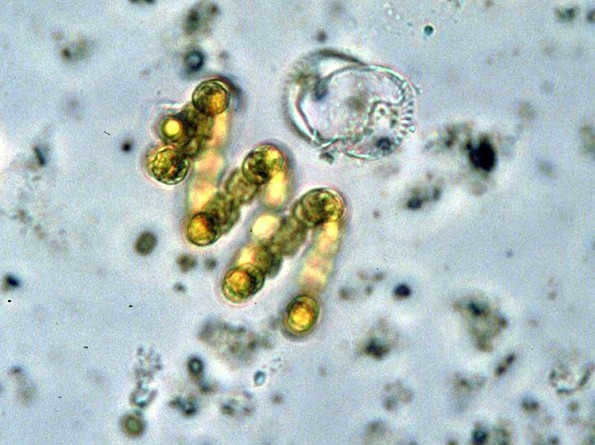
Despite the scientific confirmation of the time of the emergence of life on Earth, there are some geochemists who, after analyzing the composition of our planet, argue that life on Earth appeared much earlier – about 4.4 billion years ago, shortly after the birth of the new planet.
Which appeared first: the egg or the chicken?
This riddle may seem absurd, but it carries a profound meaning. Consider this: if there were no chickens, there would be no eggs, and on the other hand, how did the chicken come into existence? From an egg? So, what actually came first? The answer to this complex question applies not just to chickens and eggs, but to all forms of life.

What was the diet of the first cells?
The initial cells most likely derived their nourishment from the primary broth, the broth from which they originated. Substantial quantities of proteins, fats, and amino acids provided sustenance for these cells, enabling them to thrive and reproduce. These cells eventually became the ancestors of animal cells. Over the course of millions of years, the available food supply gradually diminished. Consequently, new cells, referred to as producers, emerged. These cells acquired the ability to synthesize their own food using the surrounding raw materials, harnessing energy from the sun or the Earth’s heat. This pivotal development gave rise to the entire plant kingdom.
A cell is the fundamental unit of a living organism. It has the ability to consume, locomote, and reproduce. Although the initial cells were relatively rudimentary, they possessed the capability to extract essential elements from the primary broth and initiate their relatively brief lifespans.

Evolutionary alteration
The transformation of the most basic cell into a complex organism was a lengthy and challenging process that resulted in the diverse life forms we observe today.
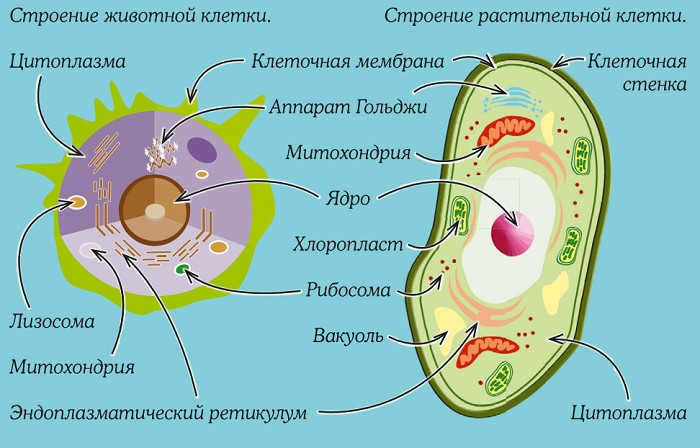
Oxygen: The Foundation of Life
The pivotal moment in the course of evolution occurred when cells began utilizing oxygen. As you may recall, the Earth’s atmosphere initially lacked significant amounts of oxygen, which meant that early cells did not depend on it for survival.
However, as cells evolved, they started producing and releasing oxygen into the atmosphere. Gradually, over an extended period, the composition of the Earth’s atmosphere transformed from a deadly blend of toxic gases to a hospitable environment for living organisms.
The subsequent phase of advancement
The progression of multicellular organisms represents the subsequent phase of evolutionary development. The existence of life expanded beyond solitary microorganisms. Novel organisms, comprised of two, ten, thousands, and even billions of cells, emerged. Additionally, cells with diverse structures started to specialize in distinct functions. For instance, some cells assumed the role of eyes, while others became the heart or the brain, thereby enhancing and refining the overall structure of a living organism.
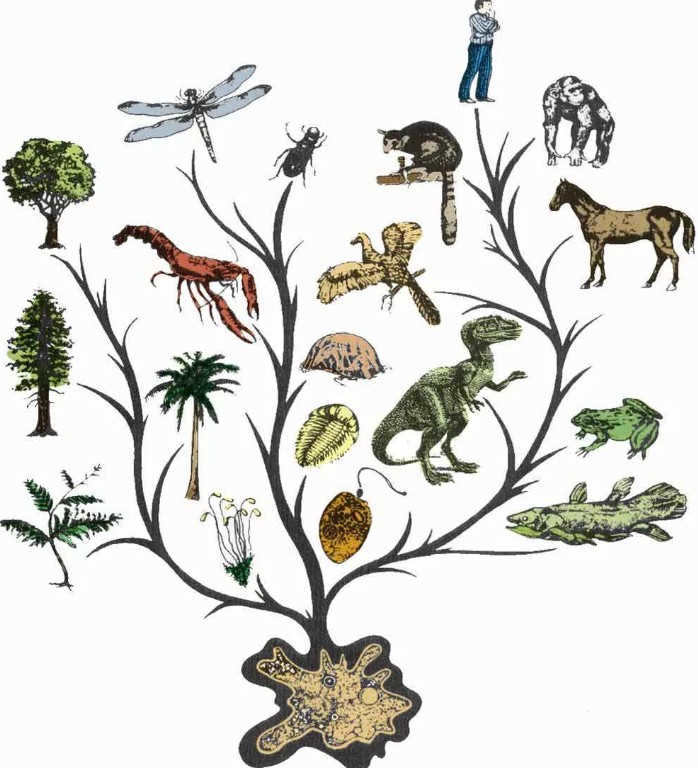
Life on Earth underwent significant changes as the composition of the atmosphere underwent transformations. Oxygen became a crucial requirement for the functioning of cells, leading to the emergence of more sophisticated and advanced forms of life.
Survival of the Fittest: The Mechanism of Natural Selection
Have you ever wondered why living organisms on Earth exhibit such incredible diversity? How did animals develop their unique traits and organs like eyes, ears, and noses?
The answer lies in the process of natural selection. Natural selection is the driving force behind the evolution of species. It ensures that the strongest and most well-adapted individuals survive, while the weak perish.
Consider a pack of lions. Within this group, only the fittest and healthiest lions are able to reproduce and pass on their genes to the next generation. This selective process ensures that the offspring inherit the advantageous traits that helped their parents thrive.
You can personally provide an answer to this query. Simply take a glance at your reflection in the mirror. Whom do you resemble? Your progenitors and grandparents.
A similar occurrence transpires within the animal kingdom. Lions bear lion cubs, owls produce owlets, and so forth. Additionally, if a lion possesses a lengthy tail, its cub will also possess one when it matures. A fledgling owl bears a striking resemblance to its adult progenitors, making it highly improbable to confuse it with a peacock hatchling or a chicken. Cubs inherit all the external characteristics of their progenitors.
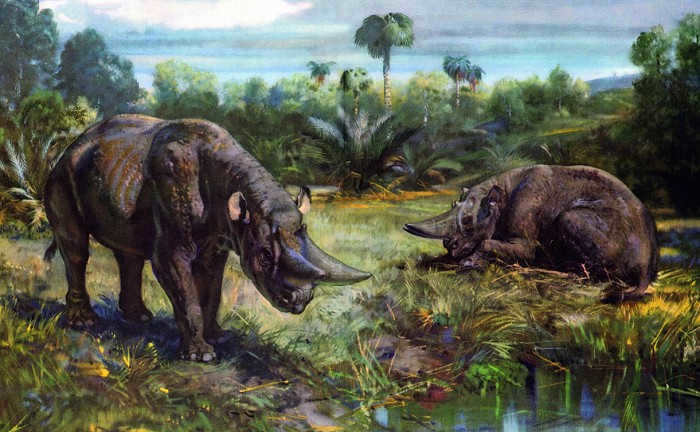
Throughout the course of millions of years, a vast array of plant and animal species have come into existence. From small to large, land-dwelling to aquatic, the diversity of life on Earth has been shaped by the forces of natural selection.
Evolution in action – perfecting generations.
Picture this: millions of years ago, there existed bird-like creatures on our planet that lacked the ability to soar through the skies. However, as time passed, a select few of these creatures acquired the extraordinary capability to leap great heights and perhaps even glide short distances. Undeniably, this newfound skill bestowed upon them a significant advantage over other species. These jumping animals were able to evade pursuit, traverse terrain with greater speed, and locate sustenance with ease. Consequently, these creatures not only survived, but also passed down their remarkable leaping and flying abilities to their offspring. Thus, with each subsequent generation, their descendants soared to even greater heights and remained airborne for increasingly longer durations. The fittest and healthiest among them prevailed, producing offspring with exceptional traits inherited from their parents.
Fast forward millions of years, and we witness the evolution of birds into the unparalleled masters of flight.
Scientists have been able to provide evidence that the Earth emerged approximately 4.5 billion years ago. It is interesting to note that the Sun and all the planets in the solar system are also around the same age.
Similar to other planets, the Earth was formed from gas and dust clouds that were remnants of previous generation star explosions.
It is important to understand that both the Earth and our bodies are composed of numerous chemical elements. However, in the early universe, only hydrogen was present. So, where did all the other heavier nuclei come from? Let’s delve into this question.
There is an amazing song about this topic.
I recall the line “Our path was illuminated by a hundred lights, the remnants of stars that once burned brightly.”
It’s a gorgeous metaphor, as we are all composed of the remnants of stars that have long since extinguished. Take a listen!
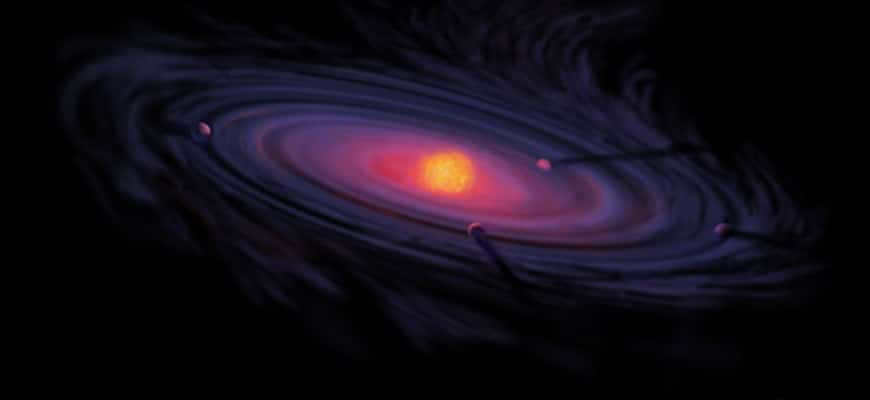
There have been numerous theories proposed to explain the formation of the Earth. Humans have been attempting to comprehend the enigma of our planet’s origin and the existence of life on it for centuries, yet scientists have yet to make any significant breakthroughs in solving it.
About the early theories of the Earth’s origin
Various theories have been proposed by scientists regarding the emergence of our planet. In the 18th century, French scientists hypothesized that the Earth was formed as a result of a cosmic catastrophe caused by the collision between the Sun and a comet. On the other hand, English researchers argued that an asteroid passing by the Sun had severed a portion of it, which later gave rise to numerous celestial bodies. German scientists, however, believed that the planets comprising our solar system were formed from a vast cold dust cloud. From these diverse and numerous theories, we can only conclude that the creation of the Earth is intricately linked to the formation process of all the planets and stars within the solar system.
The Birth of Planet Earth
The birth of our planet, Earth, can be traced back to a celestial formation known as a nebula, which consisted of remnants from earlier generations of stars. This nebula was comprised of tiny particles of iron, ice, and various other substances that had accumulated in the cooled layers of these stars and were eventually expelled into space. Through the force of gravity, these particles within the gas disks began to collide and merge together, a process known as accretion.
Scientists have been able to study the origins of Earth by examining rocks, although the oldest known samples date back only 3.7 billion years. As a result, much of what we know about the early evolution of our planet is speculative and based on indirect evidence.
During the next phase in the formation of the Earth, there was a significant event where small particles came together to form planetesimals. These celestial bodies were composed of dust particles from protoplanetary disks. Over billions of years, these planetesimals collided, collapsed, and merged together, acting as the fundamental building blocks for the formation of a nucleus. This nucleus eventually became the embryonic center of what would become the Earth. As the largest embryos emerged, they began to compete for the remaining planetesimals that were still available. This competitive process lasted for a period of one to ten million years. Throughout this entire duration, there was also the capturing of gas clouds by the embryonic planets located in the inner part of the solar system.
According to numerous contemporary scientists, it is widely accepted that it took approximately 400 million years for our planet to form, during which time there were frequent meteorite impacts and collisions with asteroids. The Earth’s development did not cease after its creation, as the interior continued to undergo transformation. The heating of the planet’s interior occurred through two sources of energy: the energy generated during particle bonding and the energy released during nuclear reactions. This phenomenon led to the rapid formation of the Earth’s core and inner layers.
During the early stages of Earth’s formation, the inner layers experienced exceptionally high temperatures. As a result, even at relatively shallow depths, there existed layers primarily composed of molten rocks. This initial pregeologic phase lasted approximately 900 million years, yet it remains poorly understood, harboring numerous unsolved enigmas. Throughout this period, countless volcanoes erupted, spewing forth water vapor and gases. Scientists hypothesize that the crucial shells of the Earth—the crust, mantle, and core—formed during this pregeologic era. The stratification of these layers was likely triggered by meteorite bombardment of the Earth’s surface and subsequent melting of its constituent parts.
It is undeniable that the dense inner core of the planet plays a crucial role in supporting life. Without it, the Earth would not have enough mass to maintain a gravitational field capable of holding water vapor and atmospheric gases. The presence of these elements is essential for the existence of the hydrosphere and other layers of the planet. If our planet were to lose its core, the air and water that are vital for life would cease to exist.
The composition of the Earth’s core, which formed during the initial phases of the planet’s formation, consists of both outer and inner layers. It is estimated that the distance from the surface to the outer layer is approximately 3000-5000 kilometers. The core exhibits physical properties that are similar to those of a liquid. It is primarily composed of molten nickel and iron, which possess exceptional electrical conductivity. This layer enables the presence of a magnetic field generated by Faraday’s law (electromagnetic induction), which facilitates the continuous flow of electric current.
The central part of the Earth, known as the inner core, is composed of silicon dioxide, making up 20% of its total mass, and iron, which comprises 80% of its total mass. This core is situated between the outer layer and the center of the planet. It is characterized by extremely high temperatures and densities. The outer core is connected to the mantle, while the inner core is relatively independent. The combination of immense pressure and high temperatures allows matter to maintain a solid state, including hydrogen, the lightest gas on Earth.
The origins of the Earth remain a mystery, with various theories proposed regarding its internal structure. However, none of these theories have sufficient evidence to support them. Most scientists agree that the central shell began to form simultaneously with the formation of the Earth.
The mantle, which covers the core, is a layer of space located approximately 2900 kilometers from the center to the crust. This layer is filled with plastic matter, meaning it is non-solid and semi-molten. It constitutes about 67% of the total weight of the planet. Due to its plastic state, the mantle is considered unstable and in constant motion. The crust, or outer shell, varies in thickness, ranging from several tens of kilometers under continental plates to just a few kilometers under oceans.
During the early stages of Earth’s formation, the crust was much thinner and consisted of solidified molten basalt. Today, we distinguish the following layers:
- Basalt: This layer is located at the greatest depth and consists of the hardest rocks.
- Granitic: This layer is mainly composed of granite and metamorphic rocks.
- Geologists have extensively studied the sedimentary and granitic layers, but the basalt layer remains unexplored. Despite advancements in drilling technology, accessing the basalt layer at great depths is still impossible.
- Indirect information about the Earth’s formation can be obtained through the use of modern seismic methods. Earthquakes generate seismic waves that travel through the Earth’s interior, reaching depths of several tens to seven hundred kilometers. The velocity of these waves varies depending on the density of the medium they propagate through. By analyzing the velocity of seismic waves, scientists can gather reliable data about the density of substances at different crustal levels.
About the formation of the ancient Earth’s surface
The ancient Earth’s surface was formed through a process that began around 4.5 to 4 billion years ago. During this time, the internal matter of the Earth started to stratify. The surface of the Earth was bombarded by meteorites, resulting in the creation of craters. These impacts released a significant amount of energy, which was then converted into heat. The heating caused by the meteorite impacts triggered volcanic eruptions and the release of vapors and gases from the Earth’s interior. As a result, large areas of the Earth were covered by molten magma, which eventually solidified into basaltic fields.
After the formation of the Earth, its internal structure went through a series of transformations: the crust, mantle, and core underwent multiple changes before reaching their current state. Following the Earth’s formation, it acquired a satellite of its own – the Moon, which has puzzled many modern scientists about its origins. The most compelling hypothesis suggests that the Moon formed as a result of a collision between two large celestial bodies.
The Moon differs greatly from our planet: it lacks surface water, but both bodies exhibit similar oxygen signatures, with an identical ratio of oxygen isotopes. This information leads many scientists to believe that the Moon and Earth were formed from the same planetesimals. The satellite has a significant impact on our planet, influencing the tides in both the oceans and the underground water reservoirs beneath the Earth’s crust.
The composition of the Earth’s atmosphere and hydrosphere
During the formation of the Earth, there was a process where a layer of basaltic crust and molten magma rose upwards along faults. This process also involved the release of various gases. The high temperatures and pressure during this process caused rapid chemical reactions to occur. As a result, a variety of familiar terrestrial substances were formed, including carbon monoxide, carbon dioxide, hydrogen, and nitrogen. Therefore, the origin of the primary atmosphere can be directly attributed to the interior of the planet, although it differed significantly from the atmosphere we have today.
Following the formation of the Earth, ancient volcanoes were actively releasing gas clouds. Some of these clouds, specifically hydrogen and helium, rose to high altitudes and eventually made their way into outer space. However, due to the planet’s gravitational pull, the heavier clouds remained closer to the surface and formed the primary atmosphere. This atmosphere consisted of hydrogen, methane, ammonia, carbon dioxide, nitrogen, inert (noble) gases, as well as vapors of hydrofluoric, boric, and hydrochloric acids. Notably, the primary atmosphere had very little oxygen, with its concentration being about a thousand times lower than what it is today.
The birth of planet Earth was accompanied by a gradual cooling process, leading to the creation of the primary atmosphere. This process also resulted in the formation of a water shell, known as the hydrosphere. The ancient atmosphere was rich in water vapor, which emerged from the depths alongside layers of molten lava. As this vapor condensed, it fell back to the surface as precipitation. Over time, these water streams collected in depressions and gradually transformed into lakes. Through the circulation of liquid, these bodies of water continued to grow and eventually became vast oceans. It is important to note that these streams carried micro-particles of rocks and various other substances, which contributed to the salinity of the sea water.
The formation of the Earth is shrouded in hypotheses, as scientists can only speculate on the exact formation of the hydrosphere and primary atmosphere based on indirect evidence. Each hypothesis proposed to explain the origin of the Earth still contains contradictions and unsolved mysteries. The scientific community has limited information about the initial stages of the planet’s evolution.
According to scientists, the Earth is estimated to have emerged approximately 4.6 billion years ago. Since then, its surface has undergone constant transformations due to various processes. It is believed that the Earth took shape several million years after a massive explosion in space. The explosion gave rise to a vast cloud of gas and dust. Scientists theorize that the collision of these particles resulted in the formation of massive clusters of molten matter, eventually transforming into the planets we see today.
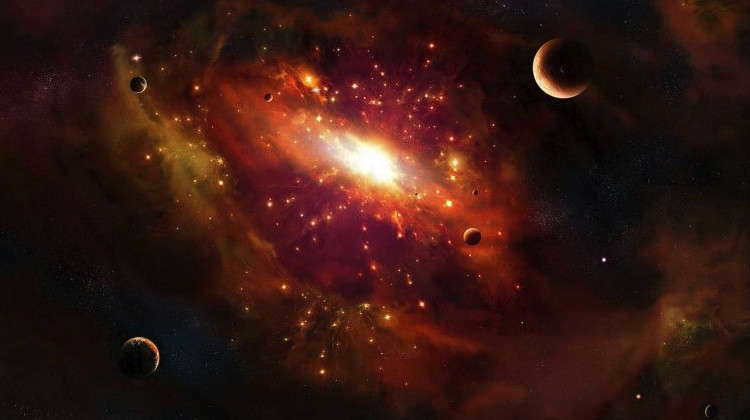
Scientists have hypothesized that the Earth came into existence following a massive cosmic explosion. It is believed that the initial landmasses formed from liquid rock that erupted from volcanic vents and solidified upon reaching the surface. This process resulted in the thickening of the Earth’s crust. The formation of oceans may have occurred in low-lying areas where water droplets from volcanic gases combined. It is also likely that these gases contributed to the Earth’s original atmosphere.
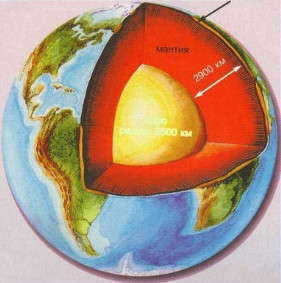
In its early stages, it is believed that the Earth was incredibly hot, with a molten rock sea covering its surface. Approximately 4 billion years ago, the Earth began to gradually cool down and undergo a process of differentiation, resulting in the formation of multiple layers (as depicted in the image on the right). The denser rocks sank deep into the Earth’s interior, forming its core, which remained extremely hot. Less dense materials formed various layers surrounding the core. At the outermost surface, the molten rocks gradually solidified, forming a solid crust that was adorned with numerous volcanoes. The molten rock would erupt and then solidify, contributing to the formation of the Earth’s crust. Lower-lying areas were subsequently filled with water.
Current State of the Earth
Despite the appearance of solidity and immovability, the Earth’s surface is constantly experiencing various changes. These changes can be attributed to a range of processes, some of which lead to the destruction of the Earth’s surface, while others contribute to its creation. While most changes occur at an imperceptibly slow pace and require specialized instruments for detection, there are events that can dramatically alter the Earth’s surface within a matter of days, hours, or even minutes. For instance, the formation of a new mountain chain can take millions of years, whereas a powerful volcanic eruption or a colossal earthquake can reshape the Earth’s surface in a relatively short time frame. An unfortunate example of such rapid transformation occurred in 1988, when an earthquake lasting approximately 20 seconds struck Armenia, resulting in the destruction of numerous buildings and the tragic loss of over 25,000 lives.
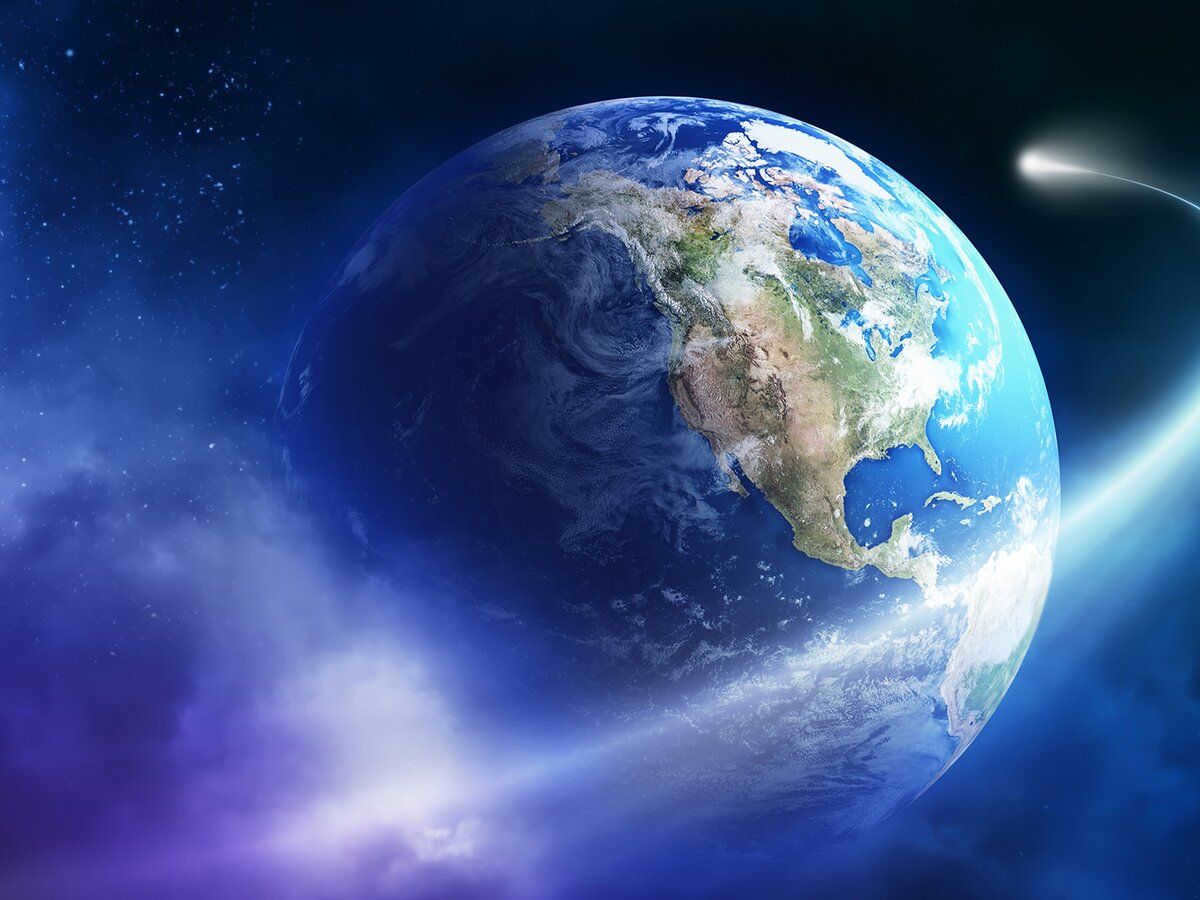
There is much to be said about the vastness of space, but our attention is drawn to the planet Earth.
It is worth exploring the origins of this remarkable celestial body and contemplating what lies ahead for it.
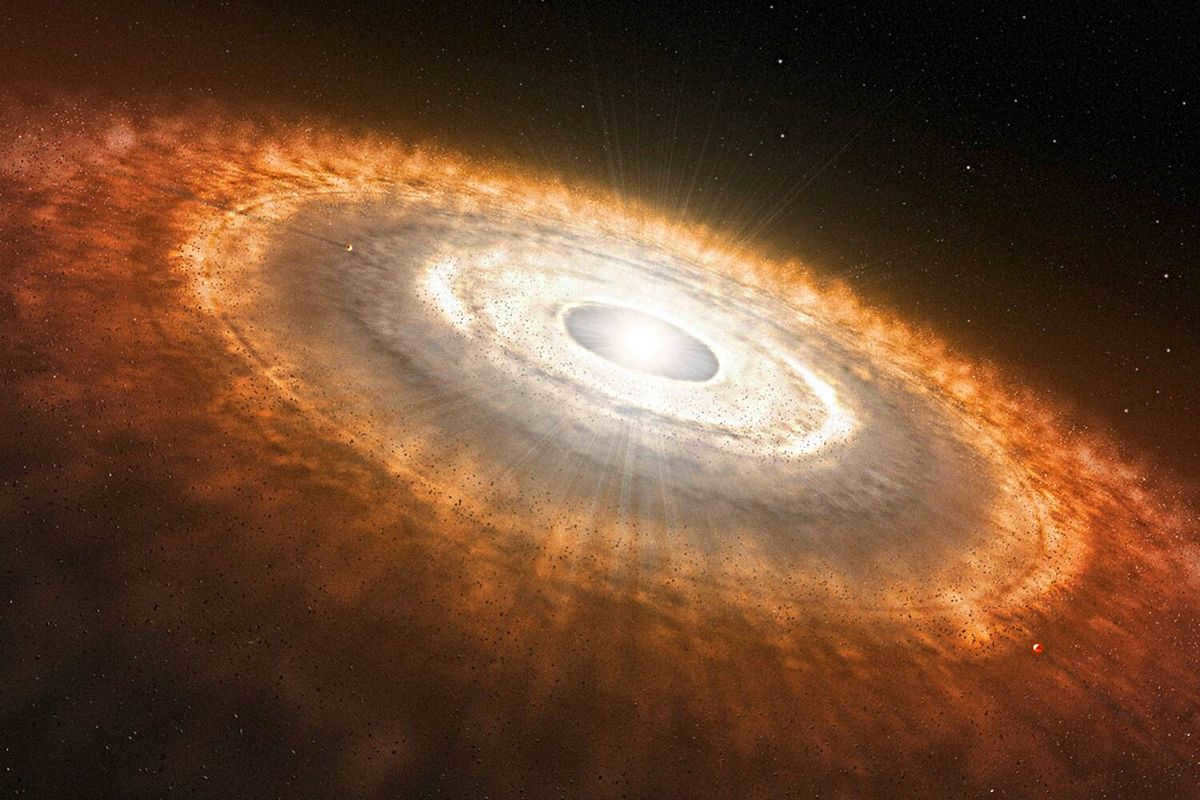
Protoplanetary disks exist around stars. These disks consist of dust clouds that encircle their respective stars during their initial formation. Initially, the protoplanetary disk is hot and provides nourishment to the star.
With time, the protoplanetary disk begins to cool down. The particles within the disk come together to form denser clusters of matter. Initially, particles as tiny as one centimeter in size emerge. Eventually, blocks of ice and rock begin to take shape. These blocks collide with one another and gradually adhere to each other.
As the block grows in size, the substance begins to compress further, attracting the surrounding microparticles.
An object is then created, known in astrophysics as a planetesimal, which resembles an asteroid.
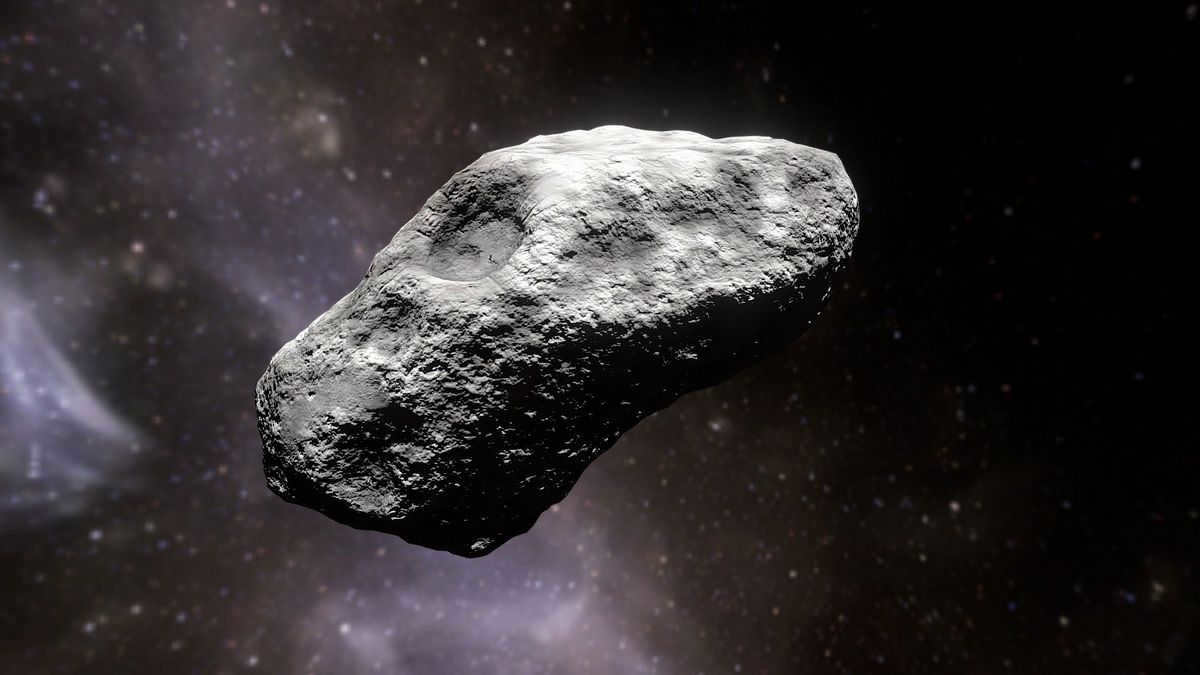
When the mass reaches a certain point, the planetesimal starts to transform into a spherical shape. This is the most efficient form for an object with a strong gravitational pull.
Interestingly, the process of transforming a planetesimal into a fully-formed planet is surprisingly swift, despite the vast cosmic distances. A planet like Earth can develop within a mere 100,000 years, which is incredibly fast in cosmic terms. Overall, the transformation from microdust to a complete planet takes up to 20 million years.
Meanwhile, the orbit is being cleared out. Objects with overlapping orbits collide, resulting in each planet having its own independent orbit.
4.57 billion years ago, our planet Earth was formed through a fascinating process. It is believed that around 20 million years later, a significant event occurred: a collision between Earth and a Mars-sized object. This collision resulted in the creation of our Moon, as a piece broke off and became our satellite.
During this time, the Earth was a glowing ball, with denser matter sinking downward. Over time, layers began to form, leading to the formation of a core. The Earth’s core is composed of an iron and nickel alloy, with small additives. This metallic core would later play a crucial role in supporting life on Earth.
One of the significant consequences of this layered structure with a metallic core was the development of a magnetic field. This magnetic field has a vital role in protecting life on our planet. It deflects harmful cosmic radiation, which can be destructive to all forms of life. Additionally, the magnetic field shields the atmosphere, preventing it from dissipating.
The primary atmosphere of the Earth was composed mainly of hydrogen and helium, which were the gases that escaped from the Earth’s crust. Despite the Earth’s ability to resist radiation and solar winds, the conditions were not favorable for the existence of life.
Therefore, the question arises: where did the water on Earth originate from?
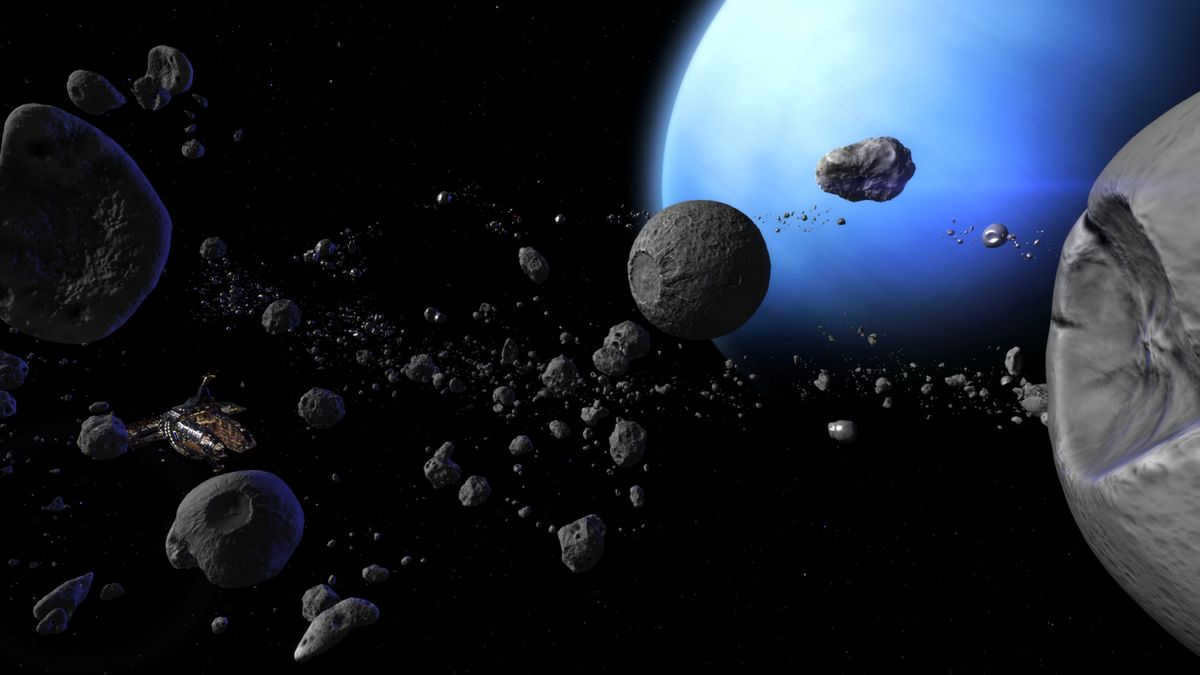
The Earth underwent a period known as the Late Heavy Bombardment around 4 billion years ago, during which it was bombarded by meteorites.
These meteorites caused significant damage to the Earth’s crust, resulting in the melting of its surface. This event had a profound impact on the geology of our planet and the composition of minerals.
It is challenging to determine the exact number of meteorites that fell to Earth during this time, as various factors such as the presence of oceans, land, and living organisms have influenced the evidence. However, we can gain some perspective by looking at the Moon. During the Late Heavy Bombardment, the Moon accumulated over 22,000 large craters with a diameter greater than 20 km. Additionally, there were 40 craters larger than 1,000 km and several exceeding 5,000 km on Earth’s satellite.
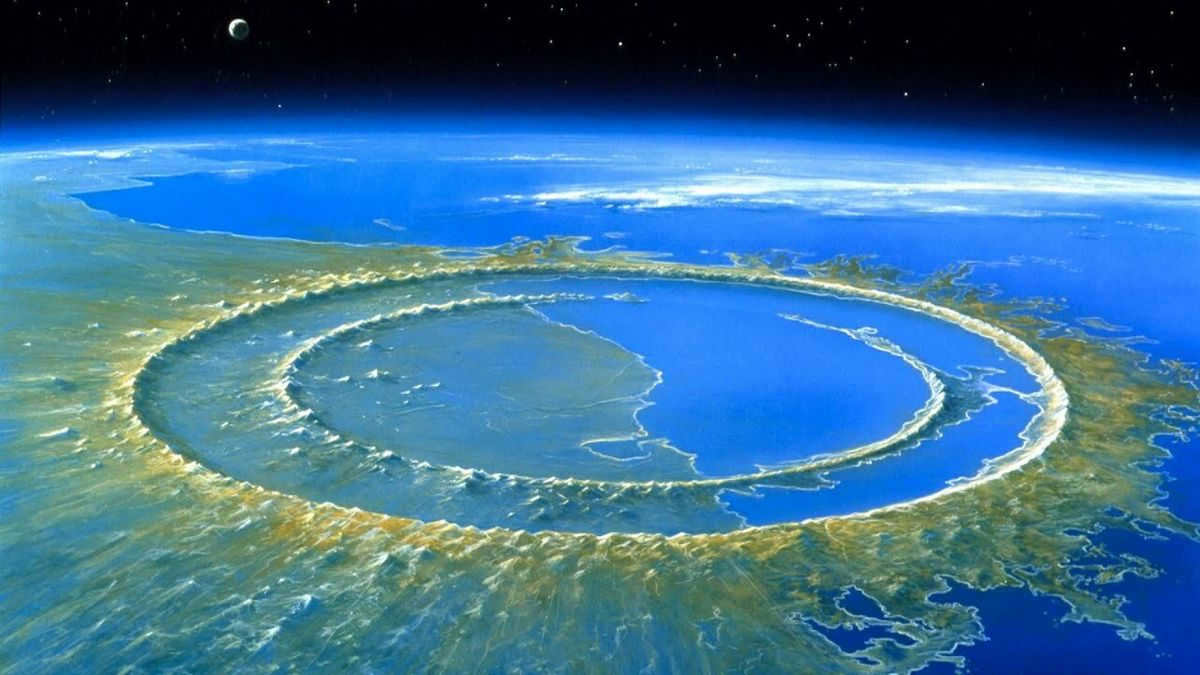
A view from space shows a crater formed by a meteorite impact, which is thought to be responsible for the extinction of the dinosaurs.
By comparison, the diameter of the crater that caused the extinction event of the dinosaurs is 180 km. In contrast, the crater associated with the Permian extinction, which wiped out 96% of species, measures 500 km in diameter.
The most recent meteor strike occurred 3.8 billion years ago. Despite the scarcity of water on Earth, there is enough to sustain life.
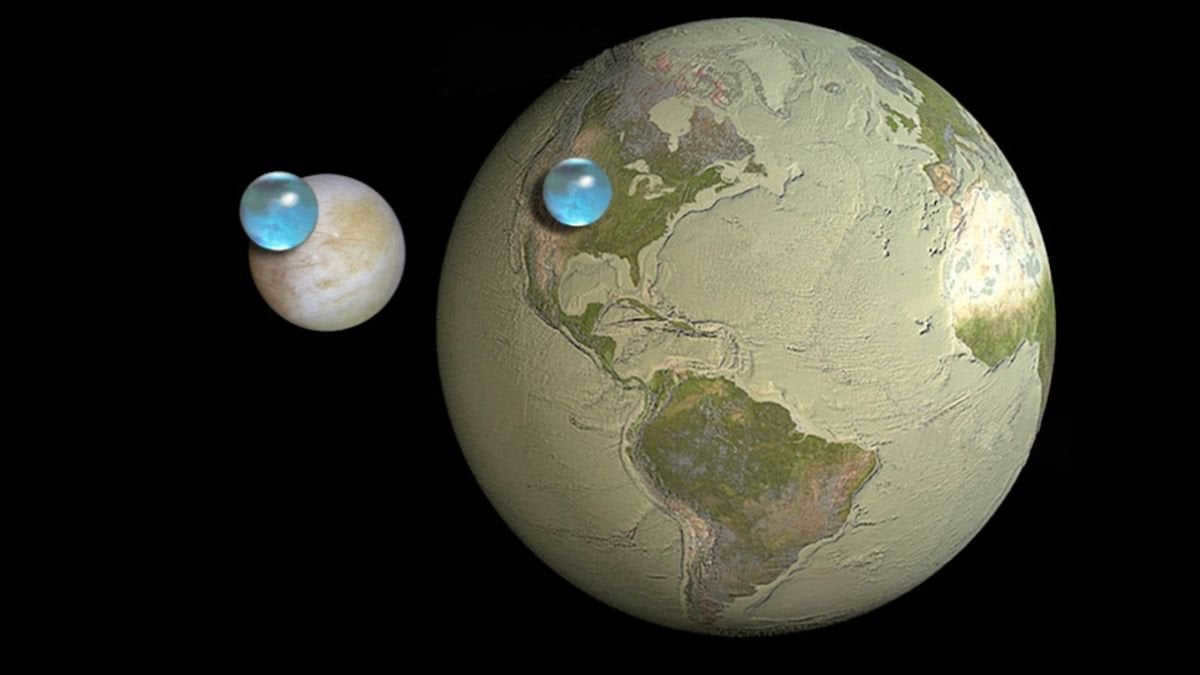
Jupiter’s moon Europa is shown on the left, while our planet Earth is shown on the right.
Are you of the opinion that our planet is abundant in water?
If you were to gather all the water on Earth, it could be contained within a sphere with a diameter of 1385 kilometers. This distance is even smaller than the distance from Moscow to Anapa, which is 1510 kilometers!
However, it is important to note that all the oceans, glaciers, and lakes are spread out across the Earth in a thin layer. Water actually makes up only 0.12% of the total volume of our planet. Furthermore, 97.5% of that water is seawater, which is not suitable for drinking.
Surprisingly, Earth is not the leader in terms of water content within our solar system. That title goes to Europa, one of Jupiter’s moons. Europa shares a similar structure to our planet, but as you can see in the photo, it is noticeably smaller in size. Europa is covered by a layer of ice that is 30 kilometers thick. Beneath that icy surface lies an ocean of liquid water.
However, our planet possesses another significant characteristic – solely Earth possesses water in its liquid state directly on its surface.
What is the shape of our Earth?
It is not flat, certainly. However, it is not a perfect sphere either. The Earth is an ellipsoid, with its diameter varying across its surface. At the equator, it is 43 kilometers larger than at the poles. Therefore, our planet is slightly flattened.
When did life originate on Earth?
Scientists concur that life on Earth emerged approximately 3.7 – 4 billion years ago.
Fascinating fact: Life is transforming the Earth
Life materialized on our planet, but in turn, it significantly impacts the Earth’s ecosystem. For instance, oxygen did not exist on Earth in such abundance. It arose due to the activities of microorganisms.
Originally, life on Earth began with single-celled organisms that covered the ocean floor in a delicate layer. These organisms relied on photosynthesis to obtain food and gradually filled the atmosphere with oxygen.
During a significant period of time, the planet experienced a widespread ice coverage. This occurrence can be attributed to the Sun’s activity being approximately one-third weaker than its present state.
As the Sun’s activity intensified, the ice started to retreat, thereby facilitating the emergence of more complex forms of life. It wasn’t until around 580 million years ago that multicellular organisms appeared.
However, the future of life on Earth is not as promising as it may initially seem. According to various assessments, the conditions suitable for life on our planet are projected to last for only another 0.5 to 1 billion years.
If we take into account that life emerged on Earth approximately 4 billion years ago, we have already surpassed the halfway mark and are steadily progressing towards the twilight of our existence.
Nevertheless, according to contemporary scientists, the Sun will continue to exist for at least 7.5 billion years. What will transpire on Earth that will render it uninhabitable?
Unfortunately, the favorable era for our planet will not endure for such an extended period. A plethora of external and internal transformations will severely impact all forms of life on Earth.
The Sun’s activity will persistently intensify, currently undergoing a surge in momentum. This surge is attributed to the accumulation of helium, a crucial element for nuclear reactions within our celestial body. Consequently, the Sun’s luminosity and temperature are steadily increasing.
In the distant future, approximately one billion years from now, there will be a significant change on our planet. The constantly rising temperatures will reach such extreme levels that the vast oceans will gradually start to evaporate. As a result, the water on Earth will predominantly exist in the form of vapor, rather than liquid or solid. This process will continue and in about 1.1 billion years, all the oceans will have completely evaporated from the planet’s surface.
Furthermore, in approximately 3.5 billion years, our planet will experience a drastic increase in temperature, resembling the scorching conditions found on Venus.
Moreover, the Sun’s activity will lead to a decrease in the concentration of carbon dioxide in Earth’s atmosphere, as the silicate materials are gradually weathered away. This scarcity of carbon dioxide will have a profound impact on photosynthesis, ultimately leading to the abrupt disappearance of life on Earth in around 500 million years.
If the Earth were to be tilted at a 90-degree angle towards the Sun, the poles would become perpendicular. One hemisphere would experience extreme heat and light, while the other would suffer from a lack of both. Consequently, the climate in the former would become unbearably hot, with surface temperatures soaring to 80 degrees. Meanwhile, the darker hemisphere would be subjected to intense cold.
This change in tilt would also cause the Earth’s core to cool down, resulting in significant climate shifts. As mentioned earlier, the friction between the mantle and the core would alter, thereby affecting the rotation speed and tilt angle.
The length of a day would increase as the rotation slows down. In approximately 250 million years, a day would span 25.5 hours.
In the distant future, after about 5 billion years, the Earth would face an inevitable fate: becoming a red giant. If life miraculously survives all these factors, this is what awaits us.
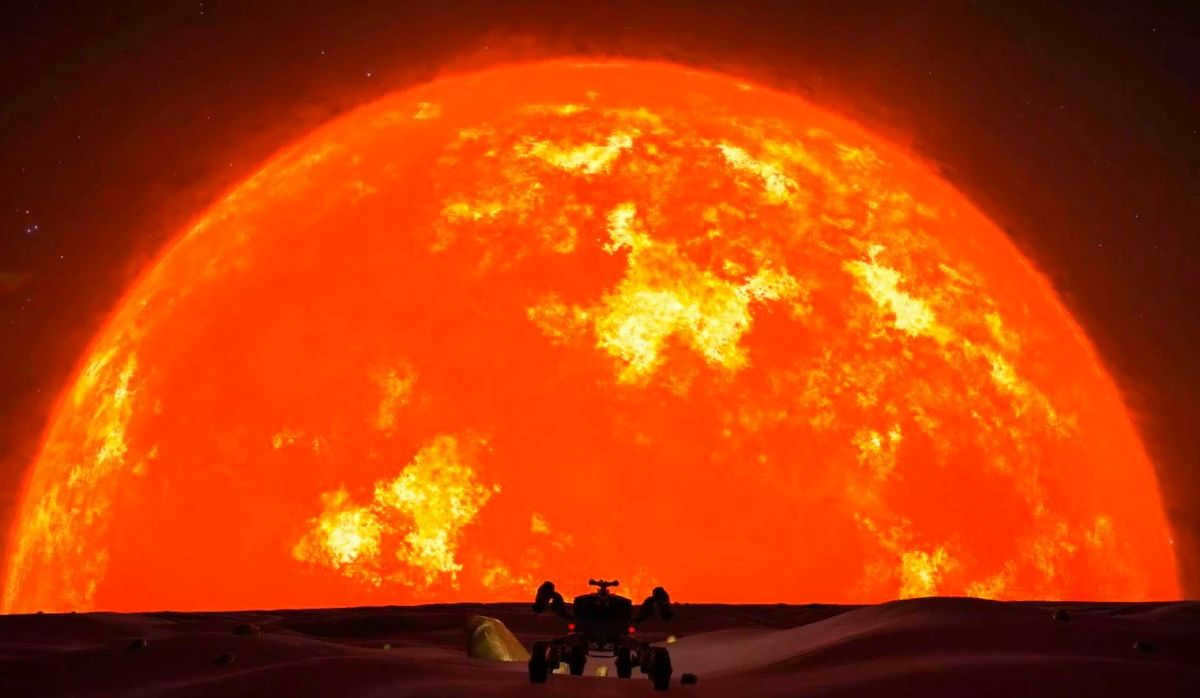
A perspective from the surface of Earth reveals the Sun, which is undergoing a remarkable transformation into a burgeoning red giant.
The Sun will initiate its journey towards becoming a red giant, undergoing a remarkable expansion in size. This phenomenon is a consequence of the diminishing pressure within the celestial body as matter gradually consumes its inner regions.
In approximately 5 billion years, the red giant will reach the orbit of Earth and envelop our planet.
Subsequent to the red giant phase (which will entail the melting of all planets in the Earth’s group), the Sun will simply shed its outer layer, giving rise to a planetary nebula that will gradually disperse. The core of the Sun, devoid of its outer layers, will transform into a helium white dwarf and gradually cool over the course of several billion years.
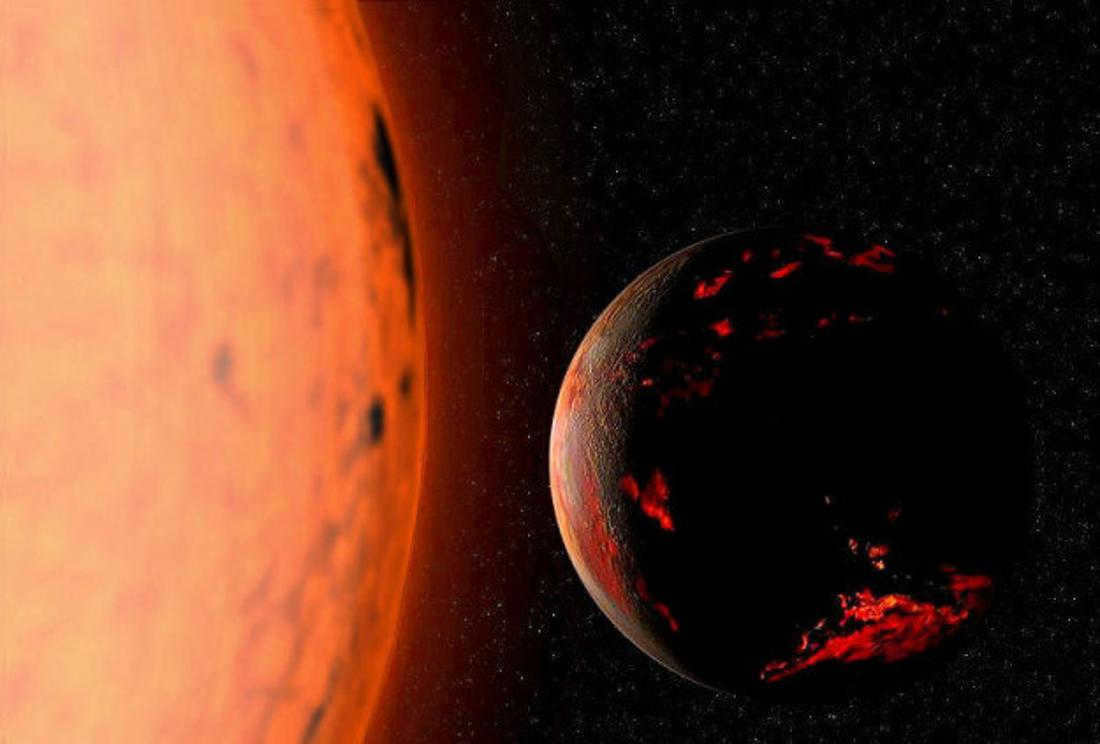
The final moments of the Earth will bear a striking resemblance to this.
In reality, the ability to sustain life on Earth will become utterly unattainable much earlier. We only have approximately 500 million years left to inhabit this planet.
Half a billion years may not seem like a significant amount of time for us to adapt to the point where we can escape the impending catastrophic changes that await our planet.
However, just envision the perspective of beings from another star system as they observe the expansion of the red giant. They could recount the origins of life in this star system and its subsequent dissemination throughout the galaxy!
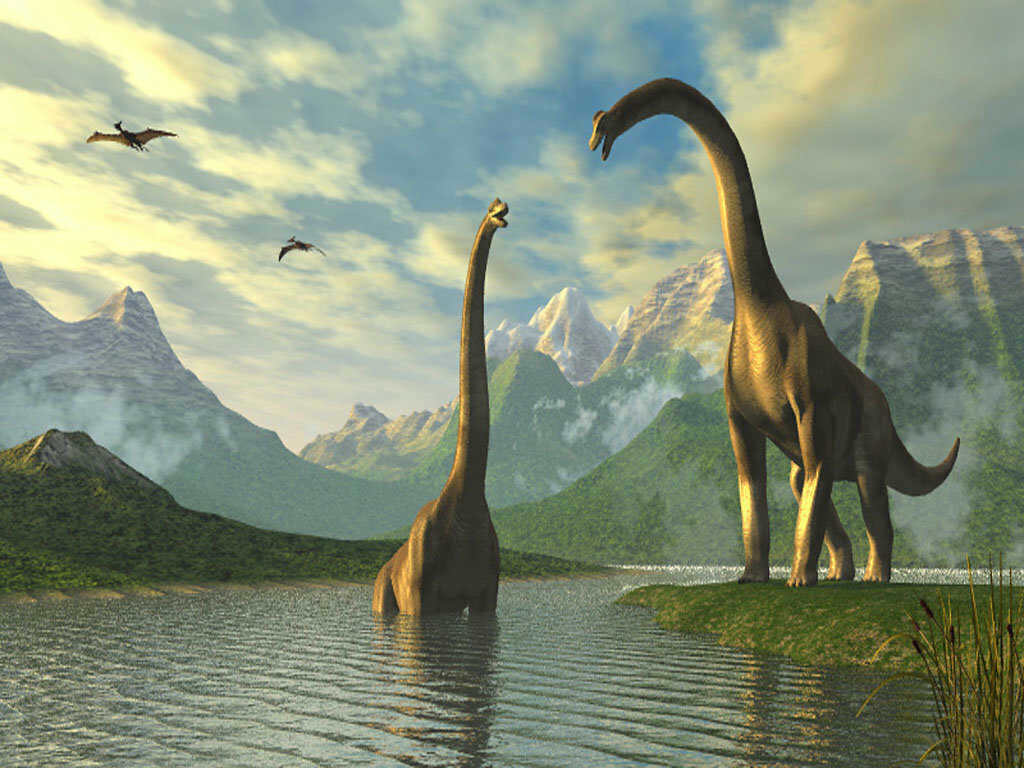
It has been approximately 4.5 billion years since the Earth came into existence. The planet, once a searing-hot ball of molten rock, has managed to retain its residual heat over the course of its existence. Frequent collisions with asteroids played a crucial role in regulating its temperature. As the Earth’s outer layer gradually cooled, it solidified into what we now know as the Earth’s crust. At a later point in time, the Earth encountered a smaller celestial object, with a mass ten times less than that of the Earth. Portions of both celestial bodies broke off and fell into the Earth’s orbit, eventually forming what we now call the proto-Moon. This early Moon had an orbital radius of approximately 60,000 kilometers. As a result of this collision, the Earth’s rotational speed increased significantly, completing one full rotation every five hours. Furthermore, the axis of rotation became noticeably tilted. The Earth’s first atmosphere was created through processes such as degassing and volcanic activity.
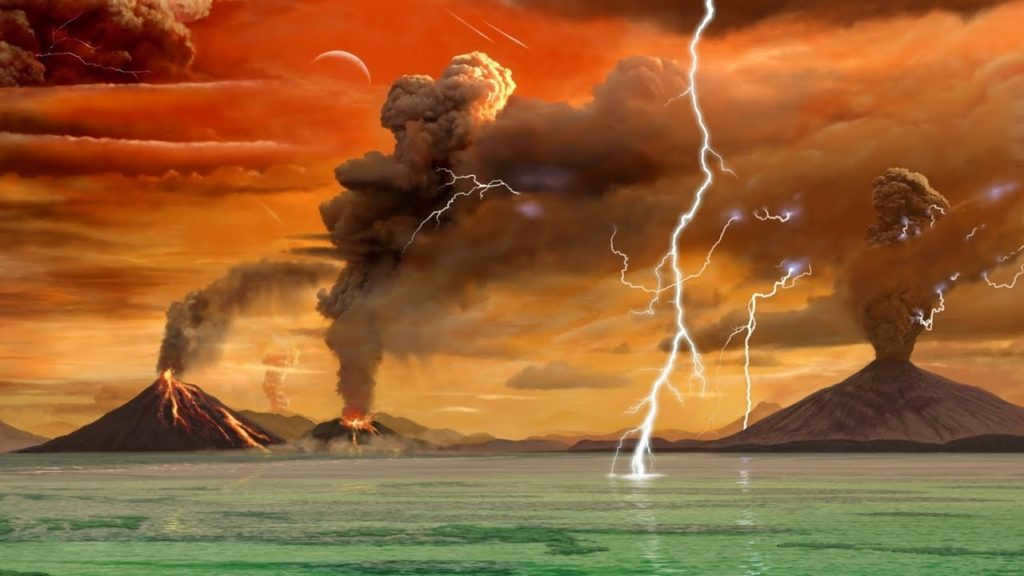
Throughout the course of millions of years, the Earth’s surface has undergone constant changes. Continents have formed and broken apart repeatedly. The movement of continents has ultimately led to the creation of a supercontinent. The very first known supercontinent was called Rodinia. Eventually, Rodinia broke apart and its remnants gathered together to form Pannotia roughly 150 to 200 million years later. Afterwards, Pangaea emerged and existed until it disappeared 180 million years ago. The end of the Pliocene epoch marked the start of a period of increasing coldness. This ultimately led to the beginning of the modern ice age approximately 40 million years ago. This ice age is characterized by cycles of glaciation and melting, each lasting between 40,000 to 100,000 years. As of today, it has been approximately 10,000 years since the last ice age came to an end.
Approximately 4 billion years ago, the Earth’s surface was created, coinciding with the emergence of life on the planet. These newly formed organisms initially thrived in water, but it took them one billion years to develop the necessary adaptations to survive on land.
Plants began reproducing through spores, eventually evolving specialized organs and tissues. Meanwhile, animals actively adapted to their environment. The evolution of internal fertilization enabled the development of egg-laying, while pulmonary respiration allowed for life outside of aquatic habitats. The advancement of the nervous system and the formation of the brain played a crucial role in the ongoing progression of living beings. Reflexes and instincts emerged as a result of this evolutionary process. Changes in animal structure and behavior set the stage for the eventual appearance of humans.
The Chronological Order of Earth’s Eras
The Earth’s history can be traced through the layers of rocks that have been deposited over time. By studying these rocks, scientists have been able to identify different eras in the planet’s formation. The sedimentary grouping of these rocks has led to the following chronological order of eras:
Each era is characterized by important evolutionary events that set it apart from the others. Fossils of ancient plants and animals found in these rocks provide valuable insight into the three most recent eras. This information has allowed researchers to further divide these eras into distinct periods.
The Archean era of the Earth
The Archean Era commenced during the formation of planet Earth. Around 4.6 billion years in the past, the Earth lacked the necessary conditions for life. The presence of high radiation and temperatures exceeding 800°C made it impossible for life to exist. The planet was surrounded by a cloud of hydrogen, chlorine, and ammonia, with only the beginning stages of life-suitable air formation.
One hypothesis suggests that the emergence of living organisms became feasible after the Earth collided with a celestial body approximately 4 billion years ago. Another consequence of this catastrophic event is believed to be the formation of the Moon. The stabilization of the Earth’s axis, along with improvements in water quality in the oceans, allowed for the development of protozoa. This period encompasses the appearance of bacteria and cyanobacteria.
The Proterozoic Era of Earth
2.5 billion years ago, a new era commenced. Mollusks, ringworms, and single-celled algae organisms emerged. The formation of soil began.
The proliferation of bacteria led to an upsurge in the production of oxygen. The proportion of this gas in the atmosphere gradually rose, aiding in the stabilization of air composition. These alterations were favorable for aerobic respiration.
The most extended geological period corresponds to the modifications that determined the subsequent advancement of living organisms. The enrichment of the air with oxygen and the subsequent occurrence of the “oxygen catastrophe” deprived the world of aerobic organisms. The new conditions proved unfavorable for their survival. This era saw the dominance of algae and microorganisms. Thanks to them, the formation of sedimentary rocks was actively taking place.
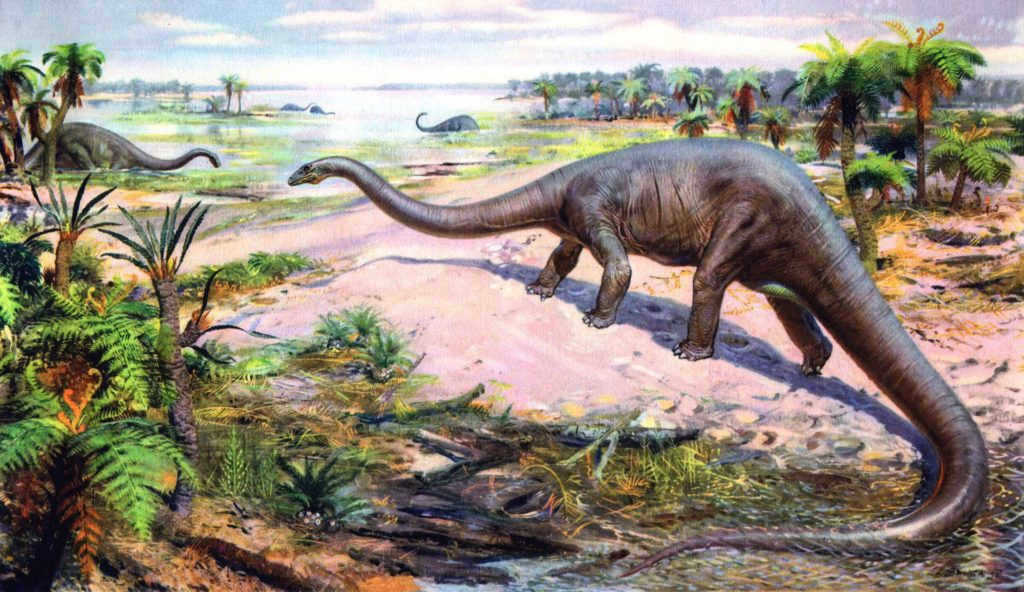
Prokaryotic organisms were surpassed by eukaryotes. The Proterozoic Era is responsible for the arrival of animals capable of oxygen respiration. Unicellular organisms were replaced by multicellular, highly developed ones. These organisms found their place in the biosphere, and their presence started to influence the composition and structure of the Earth’s crust. The introduction of photosynthesis brought about global alterations in the air’s composition. The abundance of oxygen allowed for the evolution of more advanced animals.
The Paleozoic Era of Earth
The Paleozoic Era commenced 530 million years in the past. It is categorized into various periods.
- The Cambrian period represents a time span of 40 million years. The ocean was teeming with diverse animal and plant communities. Algae, mollusks, arthropods, and the first chordates dominated the aquatic environment. Due to high temperatures, colonization of land was not yet possible.
- The Ordovician period started 490 million years ago. The ocean inhabitants included numerous invertebrates such as corals and sponges. By the end of this period, lichens had colonized the land. Arthropods began to lay eggs on the shoreline.
- Fern forests flourished during the Devonian period, which occurred approximately 418 million years ago. At this time, cartilaginous or bony systems became more common in marine life, and ancestors of amphibians started to emerge from the water. Additionally, the first insects made their appearance.
- In the Carboniferous Period, the continents sank, resulting in significant changes to the Earth’s climate. Towards the end of this period, around 290 million years ago, a sudden drop in temperature occurred, leading to the mass extinction of numerous organisms.
- The Permian period is characterized by the emergence of therapsids, which were the ancestors of mammals. Reptiles dominated the Earth during this time. From 290 to 248 million years ago, deserts formed due to extreme heat and lack of moisture. Only certain species of ferns and needle-like plants were able to survive in these harsh conditions.
Earth’s Mesozoic Era
During the Mesozoic Era, Earth witnessed the emergence of new species. Various types of dinosaurs and mammals thrived on the planet. This period is renowned for its global warming. A significant event during this era was the fragmentation of the supercontinent, leading to the formation of the modern continents. The Mesozoic Era is further categorized into different periods.
- The Triassic period corresponds to the epoch that commenced 248 million years ago. Prior to its conclusion 240 million years ago, holosemal plants had undergone evolution. Mammals also experienced evolutionary changes. The once unified continent underwent separation.
During the Jurassic era, plants with extensive coverage thrived and spread. From 200 to 140 million years ago, the Earth was inhabited by the ancestors of modern birds. The name of this period is derived from the mountains containing sedimentary deposits from that time. The Jurassic era is known for the emergence of the continents as we know them today. The rising sea levels played a significant role in climate change, leading to a much milder climate. The decrease in temperatures created favorable conditions for the growth of flora and fauna. The climate became subtropical and temperate, resulting in a planet covered in lush vegetation. The abundant rainfall created ideal conditions for the thriving ecosystem.
The Cretaceous period marked the dominance of flowering plants in the plant kingdom. From 140 to 65 million years ago, birds and various species of mammals populated the Earth.
The Cenozoic Era of the Earth
The Cenozoic Era commenced 65 million years ago and is still ongoing. It is comprised of three distinct periods.
- The Lower Tertiary period, also known as the Paleogene, spanned from 65 to 24 million years ago. During this time, many cephalopod mollusks became extinct. Lemurs and primates inhabited the forests, and parapithecines, Dryopithecines, and early mammal ancestors emerged.
- During the Neogene period, known as the Upper Tertiary, the Andes, Himalayas, and Alps emerged, forming majestic mountain ranges. This transformative process continued to shape the Earth’s landscape, gradually resembling the modern terrain we know today. In North America, the Cordillera and Appalachian Mountains reached their final stages of formation, while Hindustan and eastern Australia were adorned with towering mountain ranges. It was a time marked by the presence of marginal seas and volcanic activity, contributing to the dynamic nature of the planet. Notably, the world’s oceans covered a greater portion of the land surface during this period compared to the present day. This vibrant environment, encompassing land, water, and air, provided a flourishing habitat for mammals.
- During the Quaternary period, known as the Anthropocene, the most significant event was the emergence of human beings. Neanderthals were the first to appear, followed by Homo sapiens. Humans started to develop and dominate nature. According to scientific evidence, humans migrated from Africa to Europe. They then crossed over to the American continent through the eastern coast of the Pacific Ocean and settled there.
What is the current geological era on Earth?
Experts classify the present geological era as the Cenozoic period. Over the course of more than 60 million years, the Cenozoic era has seen the transition from two previous periods to the current one. This current period is known as the Quaternary period. Throughout this era, the Earth has undergone significant transformations, which scientists attribute to the events of this period.

The ocean currents underwent a process of consolidation, gradually transforming during the Cenozoic Era. As a result, the exchange of heat between the equatorial and polar waters became more intricate. Simultaneously, the supercontinent of Gondwana reached its demise, with fragments of it, such as the territories of India and Asia, merging together. The African continent drew nearer to Eurasia. The progression of geological periods is characterized by their gradual nature, spanning many millennia for the Earth to assume its present-day configuration.
The Tethys Ocean, which no longer exists, used to separate Northern Eurasia from southern Gondwana. The Caspian, Black, and Mediterranean Seas serve as reminders of this bygone ocean. However, the southern hemisphere has also undergone significant changes. Antarctica broke away and drifted to the pole, where it became covered in ice and transformed into a barren desert. Furthermore, North and South America were once connected, forming a land bridge between the Pacific and Atlantic Oceans.

From ancient times, humanity has been intrigued by the inquiry into the genesis of our universe. For an extended period, human curiosity found solace in pagan folklore, and later in the holy scriptures of various faiths. Nevertheless, scientific progress, particularly in the field of astronomy, has compelled individuals to pursue a scientific elucidation for the Earth’s inception.
Georges Buffon’s Proposition
In 1749, Georges Buffon presented his hypothesis on the origin of our planet in his publication, Natural History. According to Buffon, our solar system formed when a massive comet collided with the Sun, causing several fragments to break away and eventually coalesce into the planets we know today.
Buffon postulated that prior to the comet’s impact, the Sun did not rotate on its axis. The comet’s oblique collision not only set the Sun into motion but also provided the material from which the planets formed. However, Buffon’s belief that the Sun was a solid celestial body was mistaken. In reality, the Sun is composed of plasma. Additionally, Buffon overestimated the size of comets, as they are too small to significantly impact stars.
Kant’s theory: a unique explanation of the Earth’s origin
In 1755, Immanuel Kant put forth an intriguing hypothesis to elucidate the inception of our planet. According to Kant, the Universe was once teeming with myriad dust particles, distinguished by their size and mass. Through the influence of gravitational forces, these particles gravitated towards one another, coalescing into the radiant Sun, while concurrently giving rise to a surrounding dust cloud. The perpetual collisions among these particles set into motion the rotation of both the star and the cloud, ultimately leading to the formation of the planets. Remarkably, Kant posited that these planets were initially devoid of warmth, rather than gradually cooling throughout their genesis.
Laplace’s theory on the formation of the solar system
Pierre Simon Laplace reevaluated Immanuel Kant’s ideas regarding the formation of the solar system. Laplace proposed the existence of a primary nebula, which was both intensely hot and in a state of rotation. In this nebula, each particle experienced two opposing forces: the gravitational force, which pulled towards the center, and the centrifugal force, which resulted from the rotation. As a consequence, certain portions of the nebula coalesced to form the Sun, while other regions gave rise to the planets, including our own Earth.
Laplace also posited that the rotation of the planets is significantly affected by tidal forces. The accomplished mathematician supported this hypothesis with numerous calculations, although it was eventually discovered to be incorrect. Nevertheless, Laplace’s theory persisted as the prevailing hypothesis until the early 20th century.
Jeans’ hypothesis
In 1919, physicist James Jeans proposed the idea that the solar system was created as a result of a close encounter between our sun and another massive star. According to his theory, the gravitational pull from the passing star caused some of the matter from our sun to be pulled away, eventually forming the planets. However, further calculations have since disproven this hypothesis. It is now understood that the matter that was pulled away would have either fallen back into the sun or been flung out of its orbit and into space after the passing star.
Schmidt’s theory
In 1944, Otto Schmidt, a Soviet scientist, put forward a hypothesis suggesting that the Earth and the rest of the planets in our solar system were formed as a result of a meteor cloud passing close to our Sun. According to Schmidt, the Sun’s gravitational force captured the cloud, leading to the material of the cloud being divided into two parts – one part falling onto the surface of the Sun and the other part forming the planets. However, this theory has a drawback in that the likelihood of planets forming around stars is considered to be too low. Nevertheless, recent discoveries of a vast number of exoplanets, i.e., planets located outside our solar system, have emerged. Consequently, there must be a more probable explanation for the process of planet formation.
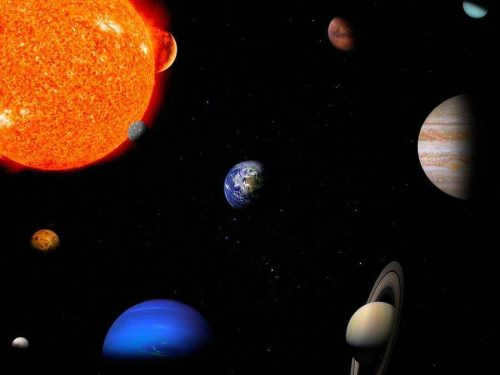
It is believed that once there existed a colossal star called Coatlicue, which possessed a mass 30 times larger than that of the current solar mass, in the location where our planetary system now resides. Coatlicue underwent a cataclysmic explosion, giving rise to a vast molecular cloud. Approximately 4.6 billion years ago, the formation of the Sun commenced from this cloud. The inception of this process triggered the occurrence of gravitational collapse – the swift compression of matter resulting from the influence of its own gravity.
What led to this gravitational collapse? The reason is that there was a compression of substance in one of the sections of the cloud. The source of this compression could have been the passage of a massive celestial object, a shockwave from a star explosion, or simply random fluctuations of cloud particles. In any case, the resulting compression began to attract more and more additional particles. This created a phenomenon known in science as “positive feedback”: the increase in the mass of substance in the compressed area enhanced the force of its gravity, which in turn intensified the influx of new substance and resulted in an increase in the mass of substance in the center.
As a result of compression, the cloud experienced a boost in its angular velocity, despite its initial rotation being minimal. This phenomenon can be attributed to the law of conservation of angular momentum. Coinciding with this, the density of matter within the cloud’s core increased, causing the temperature to rise significantly. Eventually, it reached temperatures in the millions of degrees, triggering a thermonuclear reaction. This pivotal moment can be regarded as the inception of the Sun.
The remaining portion of the cloud contained additional compressions that eventually formed protoplanets. Approximately 50 to 100 of these formations existed during the Sun’s formation. These protoplanets continued to collide and merge, occasionally resulting in the creation of satellites. The Moon is believed to have originated from a collision between the protoplanet Theia and Earth approximately 4.533 billion years ago. This impact occurred at an angle, causing our planet to start rotating on its axis.
In the early 21st century, scientists held the belief that the planets did not immediately settle into their current orbits. Approximately 4.5 billion years ago, they were much closer to the Sun than they are now. Theoretically, another planet could have formed within the asteroid belt, but this possibility was thwarted by the presence of Jupiter. This massive planet began ejecting objects from the asteroid belt, causing some of the asteroids to collide with the already formed planets in the inner solar system.
These collisions resulted in the presence of water on Earth. Initially, the molecules of water were too lightweight to exist on our planet during its early stages of formation. However, when asteroids from the colder and more distant regions of the solar system crashed into Earth, water was introduced to our planet.

